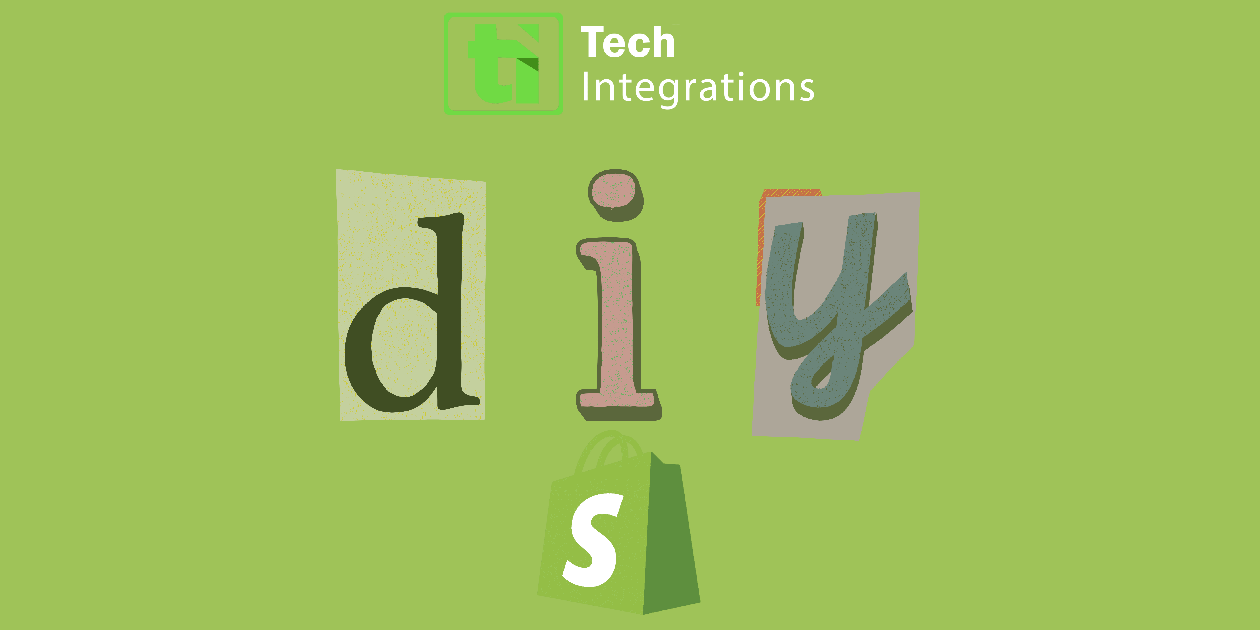Making a Shopify store for DIY and craft products is an energizing venture that combines creativity with entrepreneurship. Shopify offers an intuitive platform that allows you to effortlessly set up an online store, oversee products, and handle payments. In this article, we’ll investigate how to make a Shopify store custom-fitted particularly for DIY and craft products, from arranging your brand to launching your online shop.
1- Planning Your Store
Before getting started with the technical components of putting up your Shopify site, you must first outline your business. A well-thought-out plan serves as the foundation of your online store and will guide your choices as you build and grow.
Identify Your Niche
The first step in arranging your Shopify store is recognizing your niche inside the DIY and craft business. This industry is vast, including a wide range of products, from carefully assembled jewelry and custom furniture to digital patterns and craft supplies. To stand out, focus on a particular specialty that adjusts with your skills and interests. For example, you seem specialize in eco-friendly craft kits, personalized home décor, or DIY wedding decorations.
Research Your Target Audience
Understanding your target audience is significant for making products that appeal to them. Consider your target customer’s age, hobbies, purchase habits, and the issues they face.. For example, if you’re selling DIY kits for beginners, your audience might include young adults interested in learning new skills. Alternately, if you’re advertising high-end carefully assembled products, your target audience may be more developed people looking for unique, artisanal items.
Develop Your Brand
Your brand is more than just your logo and color scheme; it represents the personality of your firm. It’s how you communicate with your clients and separate yourself from competitors. Start by choosing a memorable business name that reflects your product and values. At that point, make a logo and select a color palette that will be used consistently across your website, social media, and packaging. A cohesive brand will offer trust to your clients and make your store more recognizable.
2: Setting Up Your Shopify Store
Once your business arrangement is in place, it’s time to set up your Shopify store. Shopify is user-friendly, so you don’t need coding experience to create a professional-looking website.
Sign Up for Shopify
First thing first, create a Shopify account. Shopify offers a 14-day free trial, which gives you time to investigate the platform and begin setting up your store without any financial commitment. To sign up, go to the Shopify site, enter your email address, and follow the prompts to create your account.
Choose a Theme
Shopify offers a variety of free and paid themes that determine the layout and plan of your store. When choosing a topic, look for one that complements your brand and is optimized for showcasing craft products. Themes like “Debut” and “Minimal” are popular choices because of their clean, easy-to-navigate design. Once you’ve chosen a theme, you can customize it by including your logo, changing colors, and adjusting the layout to fit your needs.
Add Your Products
With your theme in place, you can begin including products in your store. For each item, you’ll be required to give a title, description, pictures, price, and inventory information. When writing product descriptions, focus on what makes your product unique and how it benefits the customer. High-quality pictures are too vital; they ought to be well-lit and showcase your products from multiple angles. Consider counting photos of your products being utilized in real-life settings, as this can assist clients in visualizing how they might use the items themselves.
Organize Your Products into Collections
Collections in Shopify allow you to group related products, making it easier for clients to discover what they’re looking for. For case, you might make collections based on product categories (e.g., “DIY Packs,” “Domestic Décor,” “Create Supplies”) or by theme (e.g., “Eco-Friendly,” “For Apprentices,” “Occasion”). Properly organizing your products not only improves the shopping experience but also helps with SEO, making it easier for potential customers to find your store through search engines.
3- Setting Up Installment and Shipping Options
Once your products are listed, you’ll be required to set up payments and shipping methods. These are critical aspects of your store as they directly impact the purchasing process and customer satisfaction.
Configure Payment Settings
Shopify makes it easy to accept payments online by integrating different payment gateway. Shopify payments are the default choice and permit you to accept major credit cards without any additional fees past the standard transaction costs. You can also enable alternative payment methods such as PayPal, Google Pay, or Apple Pay. When configuring your payment settings, be sure to test the checkout process to ensure everything is working smoothly before you launch your store.
Set Up Shipping Rates
Shipping may be tricky, especially if you’re offering a wide range of goods in various weights and sizes. You may configure shipping charges on Shopify according on order value, weight, and destination, among other parameters. You can select to offer flat-rate shipping, free shipping, or real-time carrier rates. Also, consider whether you need to ship internationally and, if so, what extra costs or restrictions may apply. Clear communication about shipping options and costs is essential to avoid any confusion or frustration for your customers.
4: Optimize Your Store for Sales
With the basic setup complete, the next step is optimizing your store to attract and convert customers
Implement SEO Best Practices
The key to bringing in organic traffic to your shop is Search Engine Optimization (SEO). Begin by optimizing your product titles and descriptions with important keywords that potential customers might utilize when looking for DIY and craft products. Utilize descriptive, keyword-rich meta tags for each page, and create a blog to share craft tutorials, tips, and other content that appeals to your target audience. Regularly updating your blog with valuable content can also improve your store’s visibility in search engines
Set Up Marketing Tools
Shopify offers a range of built-in marketing tools that can assist you advance your items and developing your audience. You can make discount codes, gift cards, and e-mail marketing campaigns directly from your Shopify dashboard. Integrating your store with social media platforms like Instagram, Pinterest, and Facebook can moreover offer assistance you reach a broader group of audience. Consider running paid advertisements during these platforms to boost visibility, particularly when launching new products or during peak shopping seasons.
Utilize Shopify Apps
The Shopify App Store offers thousands of apps that can enhance your store’s functionality and offer assistance by overseeing your business more effectively. For a DIY and craft store, apps for e-mail marketing (like Klaviyo), product reviews (like Yotpo), and social media integration (like Instagram Feed) can be particularly useful. Moreover, consider apps that give advanced analytics, inventory management, or abandoned cart recovery to further optimize your store’s performance.
5- Launching and Promoting Your Store
With everything set up, it’s time to launch your Shopify store and start attracting customers.
Announce Your Launch
Create buzz around your store launch by announcing it on social media, through email newsletters, and by collaborating with influencers or craft bloggers. Offer a special launch discount or a giveaway to encourage people to visit your store and make their first purchase. Be sure to track the results of your launch campaign so you can make adjustments and improve in the future when promoting your brand.
Monitor and Improve Your Store
Launching your store is just the beginning. To guarantee long-term victory, you’ll be required to continuously monitor your store’s performance and make improvements as needed. Utilize Shopify’s built-in analytics to track key measurements like traffic, conversion rates, and average order value. Pay consideration to customer feedback and be willing to make changes based on what you learn. Whether it’s upgrading your product offerings, improving your website’s user experience, or refining your marketing techniques, remaining proactive will offer assistance to your business thrive.
Conclusion:
Creating a Shopify store for DIY and Craft products is a rewarding process that allows you to share your imagination with the world. By carefully planning your business, setting up a well-organized and visually appealing store, and utilizing Shopify’s powerful tools and features, you can construct an effective online shop that attracts and delights customers. Whether you’re offering high-quality items, craft supplies, or DIY kits, Shopify provides the perfect platform to bring your products to showcase and develop your business.
Unlock success with our tailored services! Elevate your business today.








